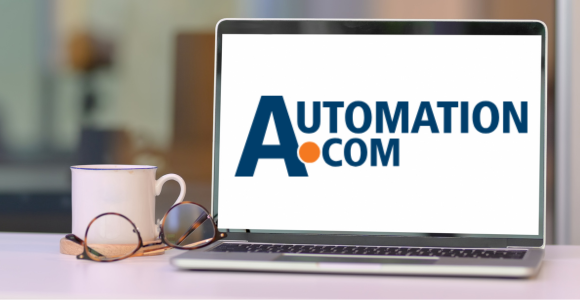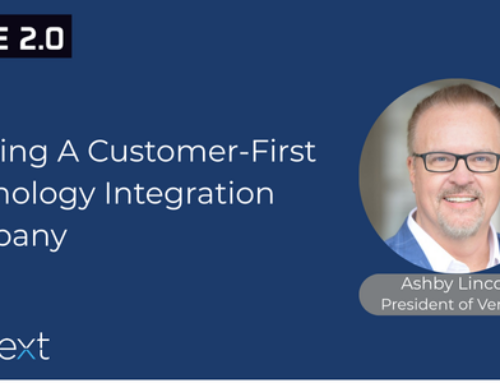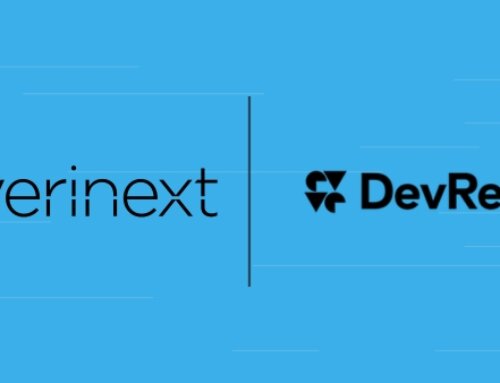The following article appeared in Automation.com on November 27, 2023 written by Verinext’s Greg Tinker. Read the original article here.
Modern hybrid cloud infrastructure–incorporating public, private and on premises–comes with its list of advantages, notably flexibility, scalability and effective support of the remote workforce. However, it also brings a record level of complexity to IT infrastructure and demands on IT staff to monitor, manage and upgrade changes across this diverse enterprise environment. Without documented precision and proven technology, these architecture upgrades and patching can open the door to compliance and security risks, as well as a lack of consistency in the infrastructure improvements.
The ripple effect of inconsistent changes, when upgrades are made to one system without looking at the effect it may have throughout the enterprise, can be devastating, leading to costly downtime and decreased worker productivity. There are several considerations when planning hybrid infrastructure changes, to ensure a smooth transition and little disruption to the day-to-day work environment.
Automation is the answer
Today’s enterprises have increasingly complex IT infrastructure. Maintenance and security management, among the most tedious, yet critical, IT operations priorities, is now even more challenging, having to navigate across cloud and on-premises platforms. The solution is automating hybrid infrastructure management processes that can consistently operate across all platforms, eliminate costly human errors and free IT resources to focus on other strategic priorities.
Infrastructure automation and orchestration is important to the infrastructure lifecycle of an organization to be responsive to potential threats to productivity. Such threats must be quickly identified, quantified and mitigated before infrastructure downtime and revenue loss occurs. By automating the response process using infrastructure orchestration, organizations can act faster while avoiding the reduced efficiencies caused by leveraging legacy manual processes.
Through automation, firmware, bios, driver updates and automated security management are also solidified to avoid vulnerabilities, exploitation and costly downtimes. Automation also provides a consistent method for patch management, upgrades, compliance management, cloud governance and workload configuration, among other functions.
Proven technology is the approach
When upgrading infrastructure and making enterprise-wide changes that can affect hundreds to thousands of workers, it’s best not to experiment. Avoid tools that have not been completely vetted in real-life application. The ideal scenario is proven and patented methodology that provides a governance model for automating IT upgrades for minimal downtime and assured security and compliance to mitigate regulatory risk.
Automation tools that are road-tested are used to control the logic and order of operations for enterprise infrastructure updates. This enables IT to automate and streamline the process of complex firmware upgrades and of patching for large-scale IT infrastructure. It limits downtime and downstream impact to the enterprise ecosystem components. As a result, IT infrastructure can be upgraded more swiftly and seamlessly without creating security or compliance gaps.
Knowing your infrastructure is critical
Obtaining current and complete knowledge of your hybrid infrastructure is now far more difficult, and more imperative as IT must plan, manage and implement changes spanning all platforms and workloads. Automation will be as effective as the depth of knowledge IT has to work with, in implementing upgrades. It’s a heavier lift with IT having to assess priority changes in cloud-based and on-premises workloads. Let’s not forget also, that ‘change’ is a constantly evolving dynamic as enterprises race to catch up with AI, analytics, supply chain improvements and better digital employee experience (DEX).
The solution is using tools and in-house and external expertise to first evaluate individual workloads and decide which platform provides the optimal balance of performance and cost. From this foundation, IT can work with enterprise teams to plan specific upgrades across the enterprise. At the application level, IT can also use tools to make applications portable across platforms, to help control costs and better match employee needs to application access.
Getting ahead of cloud growth is smart strategy
Enterprises will be well served to consider enhancing their use of automation in their hybrid infrastructure as cloud usage and complexity continues its upward trajectory. Forrester’s Public Cloud Market Outlook, 2022 To 2026 estimates the public cloud market will top more than $1 trillion worldwide by 2026. Cloud infrastructure services will account for nearly $496 billion in revenue in 2026, Forrester says, driven by hyperscalers trying to dominate the public cloud and cloud services industries.
Regardless of which provider leads the pack, the reality is the cloud will continue to dominate enterprise computing. Planning for better cost control and management is the wise strategy. By combining deeper knowledge of existing platforms, better alignment of workloads with platforms, careful needs assessment and use of proven automation technology, enterprises will have the most fluid but strong infrastructure to weather the next round of applications and updates.
Related Posts:
Verinext Granted U.S. Patent for IT Infrastructure Automation Methodology






